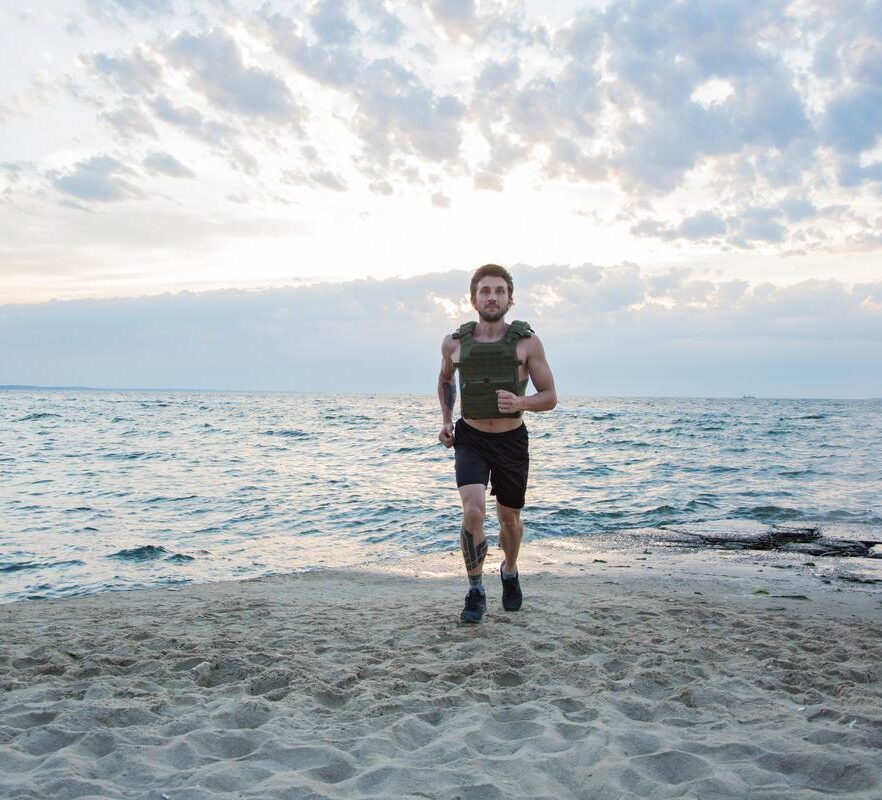
Weighted vests are having a moment—and it’s more than just a trend. These wearable tools are proving to be powerful allies not only for physical strength and endurance but also for mental resilience and overall wellbeing.
Whether you’re walking, training, or simply moving through your day, adding intentional weight can bring new layers of benefit to both body and mind.
What Is a Weighted Vest?
A weighted vest is exactly what it sounds like—a wearable vest that distributes extra weight across your torso. It adds resistance to your everyday movements or workouts, making your muscles and bones work just a little harder with each step, squat, or stretch.
If you’ve ever seen someone walking or working out while wearing a weighted vest, you may have wondered—what’s the benefit? And is it worth trying?
“Weighted vests are a simple way to add challenge to bodyweight workouts or everyday movement,” says Chloe Bailey, fitness instructor at Modern Minds. “The added resistance forces your body—and your mind—to engage more fully.”
What Are Weighted Vests Good For?
Wearing a weighted vest during walks, strength circuits, or functional training adds load to your body, increasing the intensity of movement.
Research shows that weight-bearing exercise helps preserve bone density and muscle mass—especially important as we age. But the benefits go beyond physical fitness.
“Carrying extra weight challenges not just your muscles, but your mindset,” Bailey explains. “It requires greater focus, body awareness, and breath control—all of which help build mental endurance.”
Who Should Try One?
Weighted vests can be a great option for:
That said, weighted vests aren’t right for everyone. If you have joint issues, back pain, or specific medical concerns, speak with a healthcare professional before incorporating one.
Getting Started Safely
Choosing the right weight is key. “A good rule of thumb is to start with 5–10% of your body weight,” says Bailey. “You want enough resistance to feel challenged—but not so much that you sacrifice form or feel strained.”
Start with familiar movements like squats, lunges, pushups, or walking. As your body adapts, you can increase the time or frequency gradually.
Bailey emphasizes the importance of listening to your body and focusing on quality of movement. “It’s not about doing more—it’s about doing it well.”
The Mind-Body Connection
One benefit of weighted vest training is its impact on mental clarity. Because it requires full-body coordination and intention, it draws you into the present moment. “Adding weight to your body creates a physical sense of grounding,” Bailey shares. “It demands presence, which helps regulate your nervous system and improve focus.”
Bottom Line
Whether you’re looking to protect your bone health, elevate your workouts, or feel more centered and strong, a weighted vest might be worth exploring. With the right approach and guidance, it can become a safe, empowering part of your wellness routine.
Let's Talk